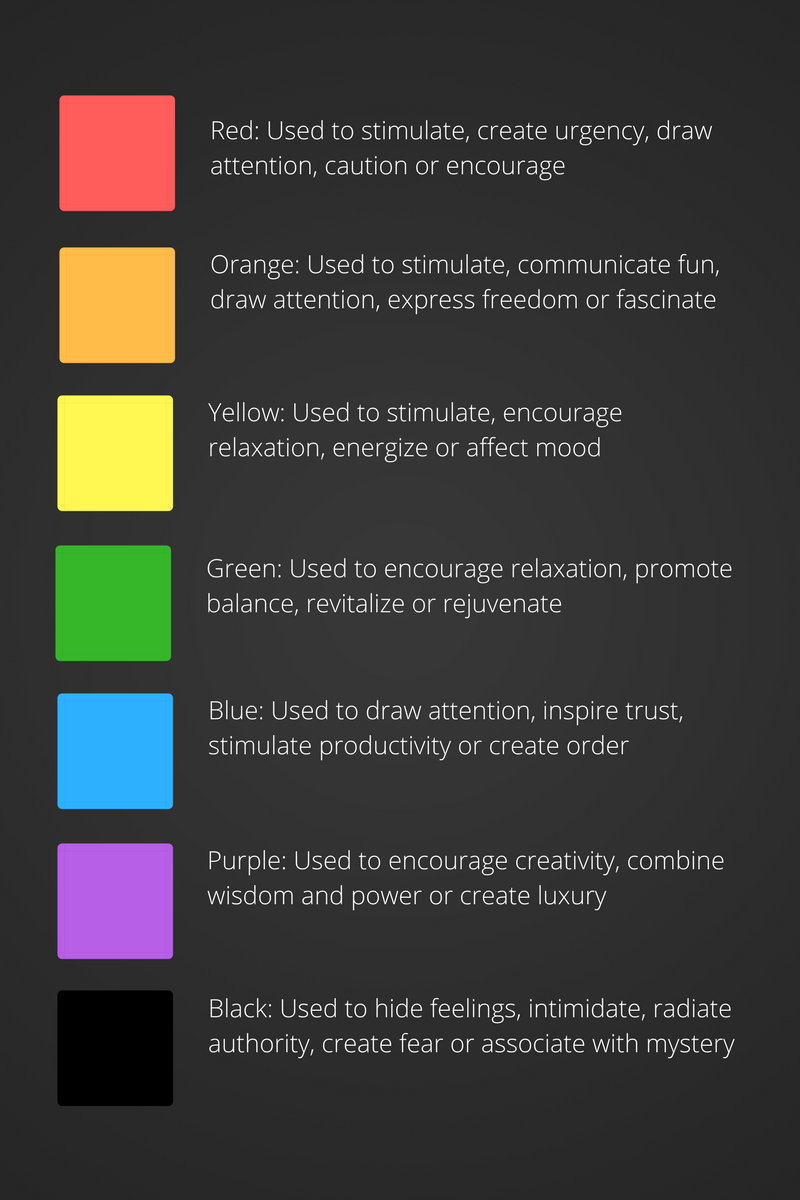The Psychology Behind Enticing Email Marketing
If you were to peek into the inbox of a typical consumer (and let’s be real, maybe even your own), your eyes would be met with pages upon pages of brand emails begging for clicks. From “2 Days Left to Grab ALL THE THINGS at Our Lowest Prices” to “Save up to 50% on shoes,” these electronic messages all have something in common: They utilize psychology for effective email marketing.
Yup, that’s science. But hear us out.
Psychology—”the scientific study of the human mind and its functions“—plays a vital role in our everyday interactions; however, very few realize the power it holds when it comes to marketing. It’s one thing to know your content like the back of your hand, but it’s another to know exactly how your content will play out. A brand that’s deeply committed to outstanding content understands which words, visuals and colors can trigger specific emotions and actions. Believe it or not, it’s this knowledge of psychological catalysts that makes a marketer top dog. It’s the marketing industry’s best-kept secret.
Email marketing has become so ubiquitous; standing out in a sea of unreads can be quite the challenge. But if you’re up for it, we can help you take your email marketing strategy from lackluster to legendary. Continue reading to understand what really makes people click.
5 Essential Components of an Email
Email marketing is much like the speed-dating world—you’ve got a limited amount of time to make a lasting impression. And like the first interaction, when it comes to email marketing, people act on their initial emotions rather than logic. A man will approach a woman sitting at a table because he feels attracted to her; a consumer will click on your email because they feel intrigued. Take this focus on the subconscious and use it to your advantage—make those few seconds count by refining these email components to the tee:
No. 1: Subject Line
First thing’s first, your subject line is your email’s most important component. It’s a good idea to approach email marketing with the assumption that people will scroll past your message. So, what can you do to grab their attention and stop them in their tracks? It’s not lipstick or a new blouse; it’s the clever integration of psychology’s behavioral principles.
We’ve mentioned the significance of the right brain before. Crafting your subject line according to these psychological concepts will definitely invoke emotion in your consumers:
- Scarcity: Humans place a higher value on objects that are scarce, or in short supply. A scarce product gives off the message that everyone is buying it.
- Exclusivity: Humans want to feel like they’re a part of an exclusive group, sitting at the self-esteem stage in Maslow’s Hierarchy of Needs.

Example of Exclusivity in a Subject Line
- Urgency: Humans feel fearful at the same time they feel things are urgent; they feel like time is quickly ticking away before they can take action.
There’s your brain, then there’s your brain on advertising. If anything will activate someone’s amygdala, it’s these three principles.
No. 2: Personalization
Could you imagine speed-dating people in masks? They would be the equivalent of a “[email protected]” sender. Putting a real name—rather than your company’s name—as the sender will increase the chances of people clicking on and feeling connected to your email. The same goes for addressing your consumers by their real names. Take it from these HubSpot statistics:
- “Emails that included the first name of the recipient in their subject line had higher clickthrough rates than emails that did not.“
- “The open rate for emails with a personalized message was 17.6%, compared to 11.4% without personalization.“
What looks most intimate: “SOCi” or “Sherilyn at SOCi”? It’s the latter.
Dale Carnegie, a pioneer in the psychology of the successful personality, once said, “remember that a person’s name is, to that person, the sweetest and most important sound in any language.” To call someone by their name is to uplift their identity and ego; it affirms their social belonging.
No. 3: Engaging Body
The theory of social proof, popularized by psychologist Robert Cialdini, ties back to our recurring theme of social belonging. Put simply, social proof says that people copy what others are doing. In the marketing world, people trust fellow humans, not ads. Here are a few ways to add a dose of social proof to your emails, using the phenomenon of conformity to your advantage:
- Use human faces: We’ve said it many times before, and we’ll say it again: Photos with faces receive more engagement than photos without. It’s the innate desire of humanly connection; our brains are programmed to seek out fellow faces everywhere. Faces are the natural way to grab someone’s attention.
- Talk through numbers: Pictures speak a thousand words, but in the marketing world, numbers speak volumes more. Highlighting your success through numbers shows that your business is credible and trustworthy.
- Spotlight those reviews: Customer testimonials are social proof’s middle name. After all, 90% of consumers read online reviews (Source). Put a focus on your consumers’ happiness in your emails to show your audience that they can relate.
Keeping your email recipients engaged throughout your entire message becomes much easier with the help of social proof. Your email will also be more memorable when you employ these phenomena, in turn, making your brand more memorable. Lastly, implement a strong DMARC policy to ensure that your email communication is not only engaging but also secure and protected against unauthorized use.
No. 4: Carefully Selected Color
Ever heard of color psychology? It’s why the logos of many social networks, from Twitter to Facebook, are blue. Decide which emotions or actions you are trying to invoke in your consumers, then pick which colors you’ll utilize:

No. 5: Call-to-Action
Call-to-actions, or CTAs, are built upon extrinsic motivation: behavior that is driven by external rewards. A CTA button should always offer a reward to those who click it, whether it’s a free guide or exclusive tips and tricks. Remember, your CTA button is the ideal opportunity to trigger someone’s curiosity, as the human mind is always wondering, “what’s next?” Reinforce this curiosity with words such as “secret,” “peek” or “free,” all of which point to the fact that there is something more to see.

Your email list is composed of people who have opted into letting you market to them. Don’t let this go to waste.
Are you looking for the latest and greatest in social media marketing? Subscribe to our newsletter to stay up-to-date.







